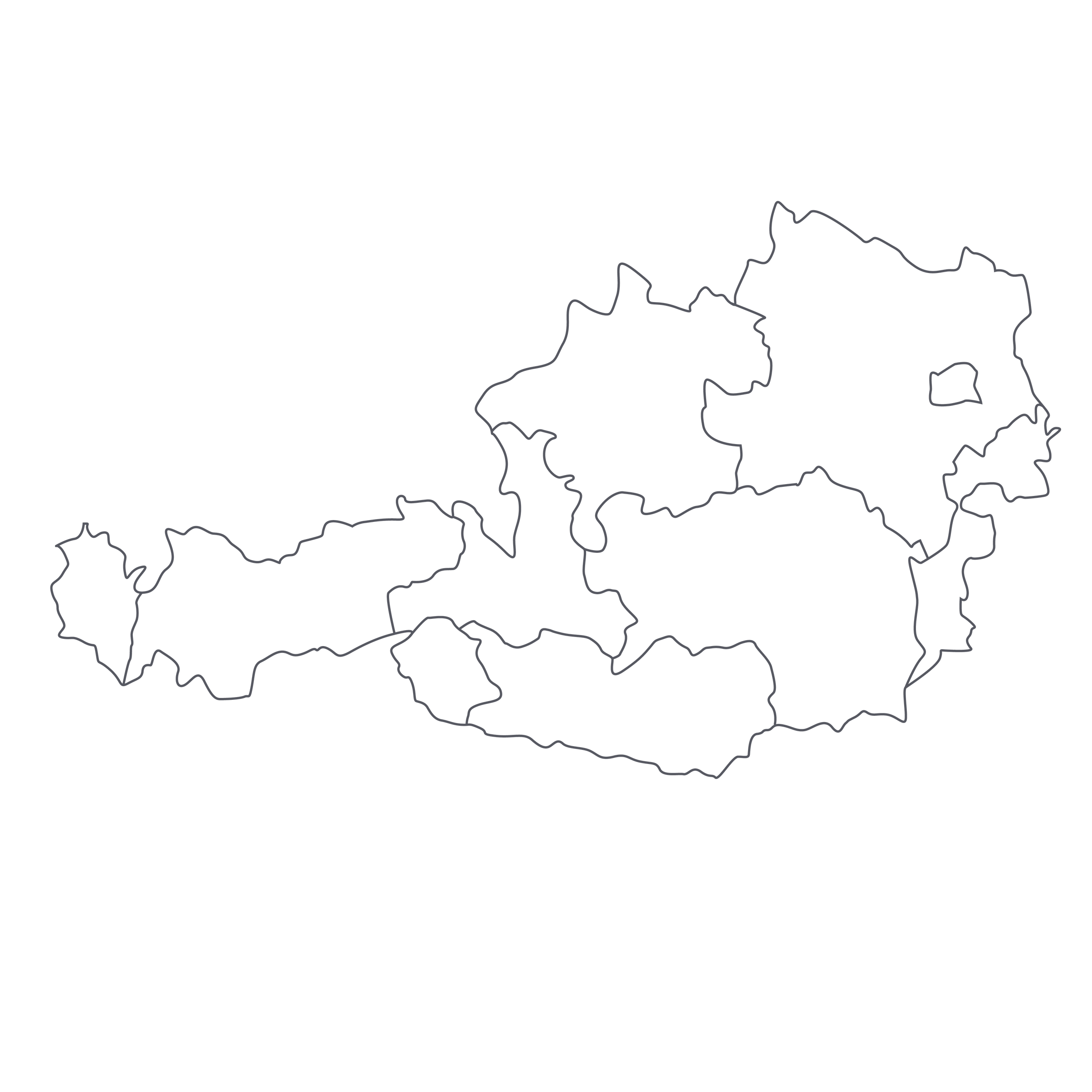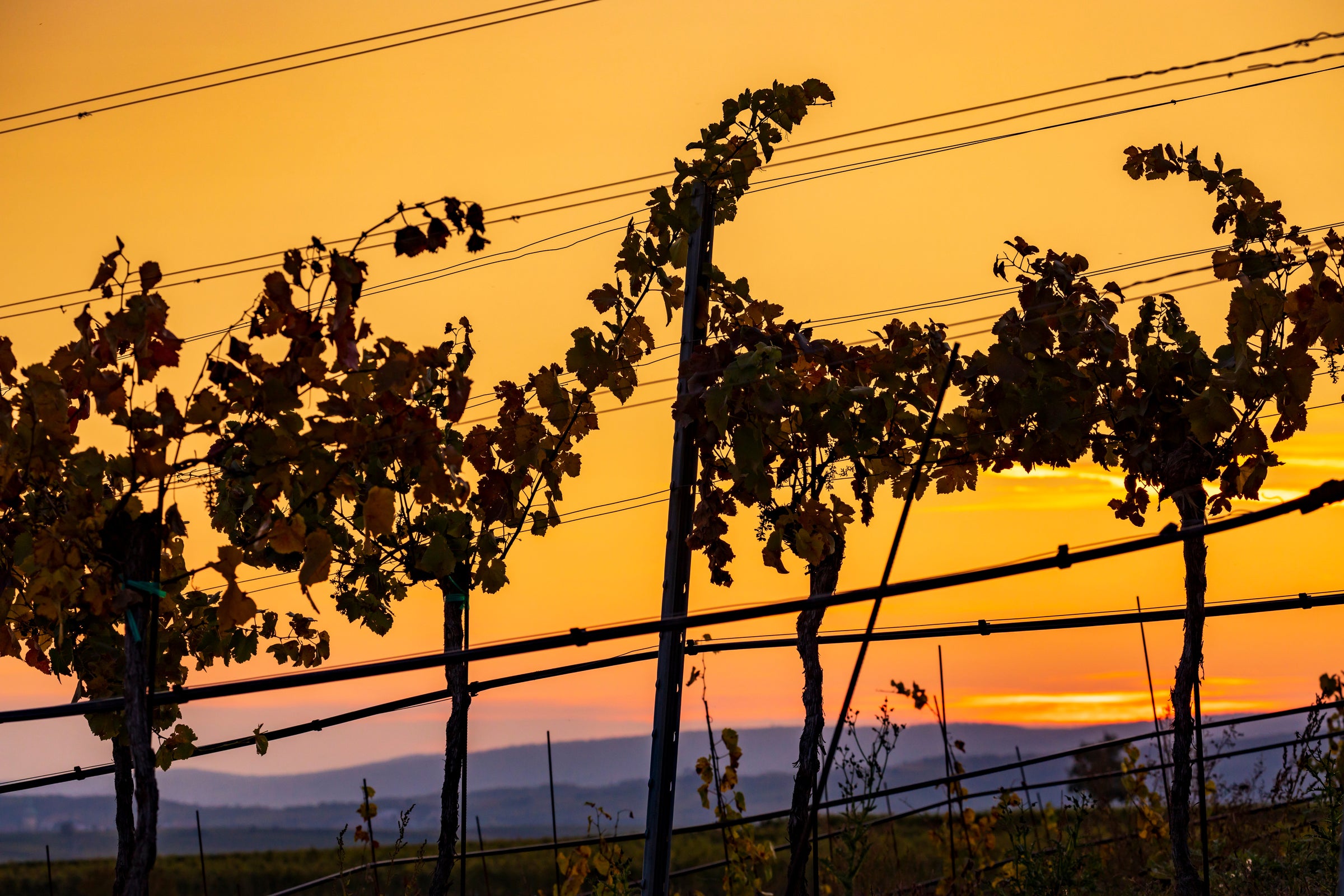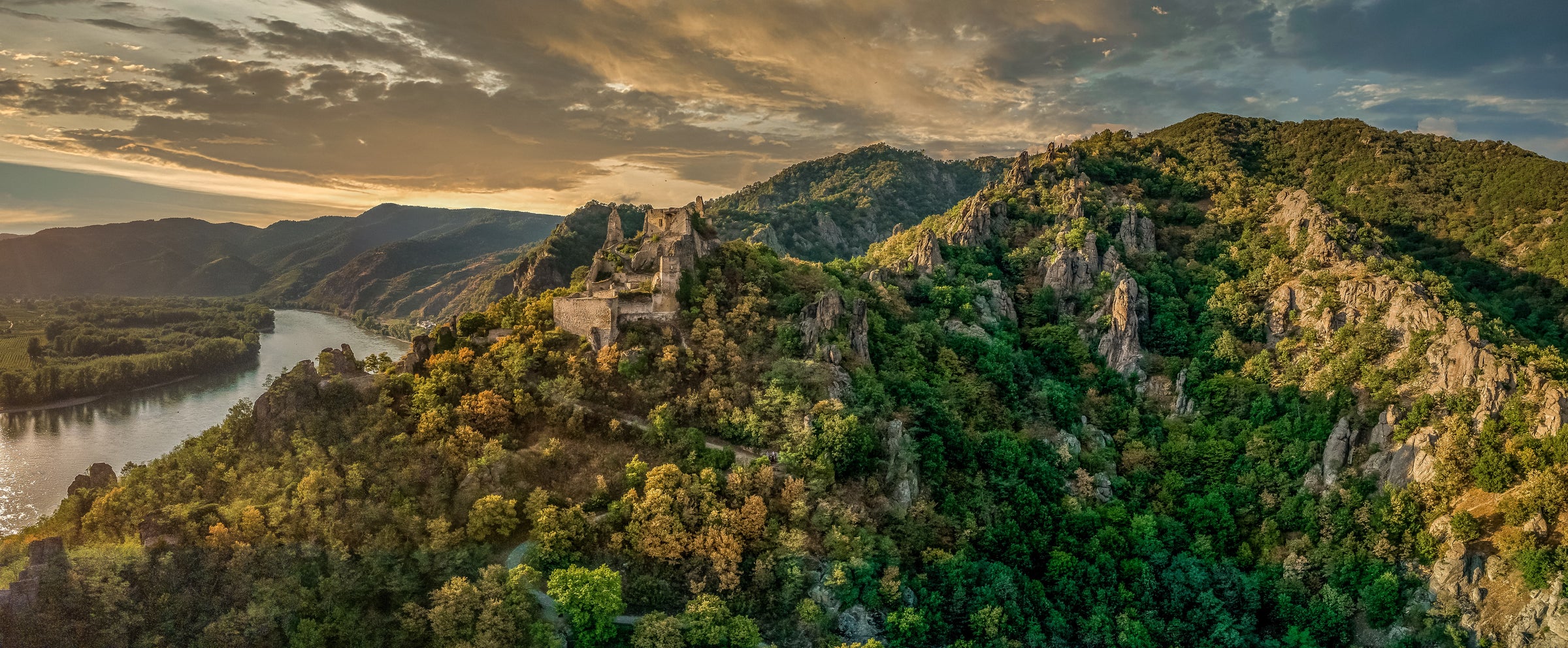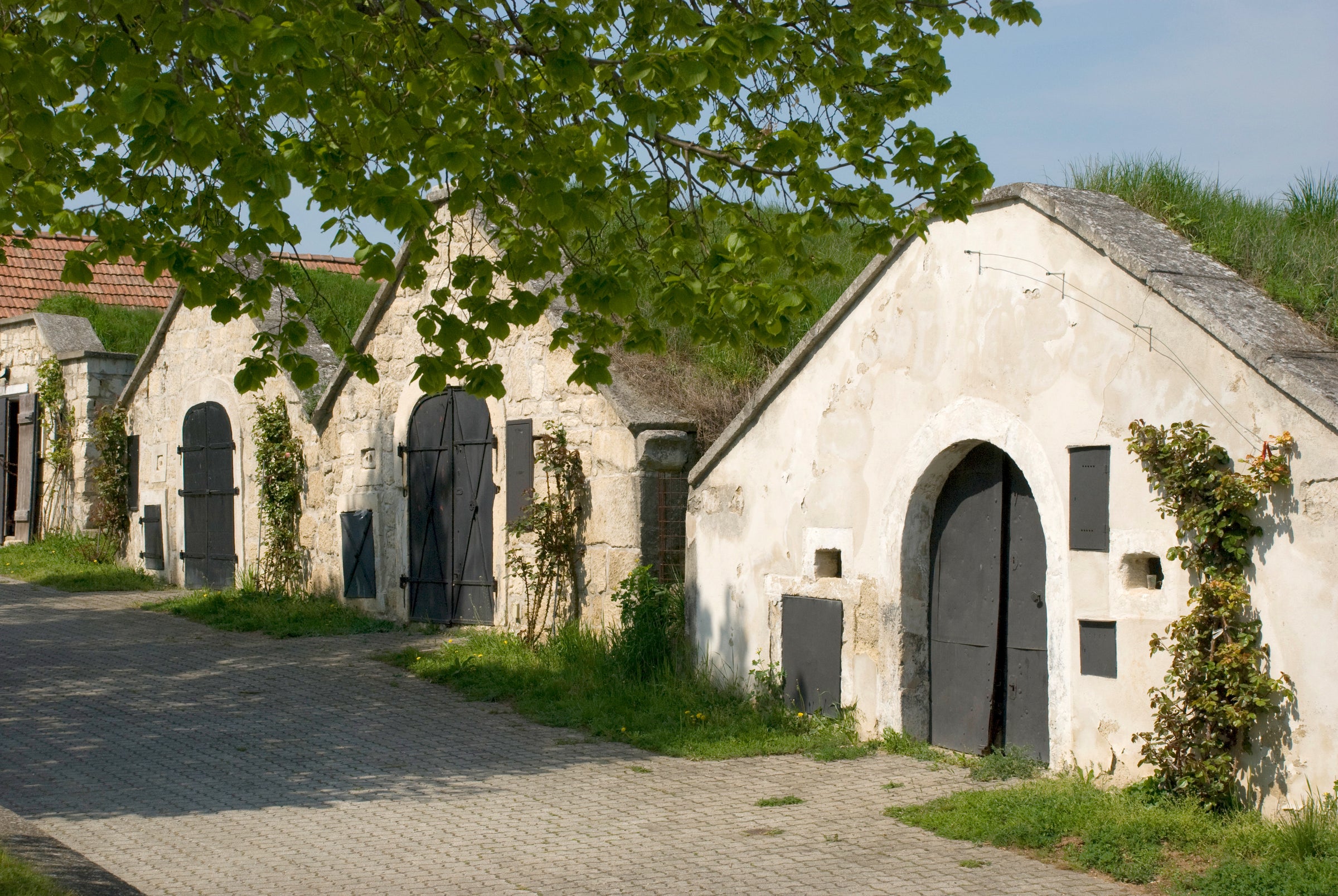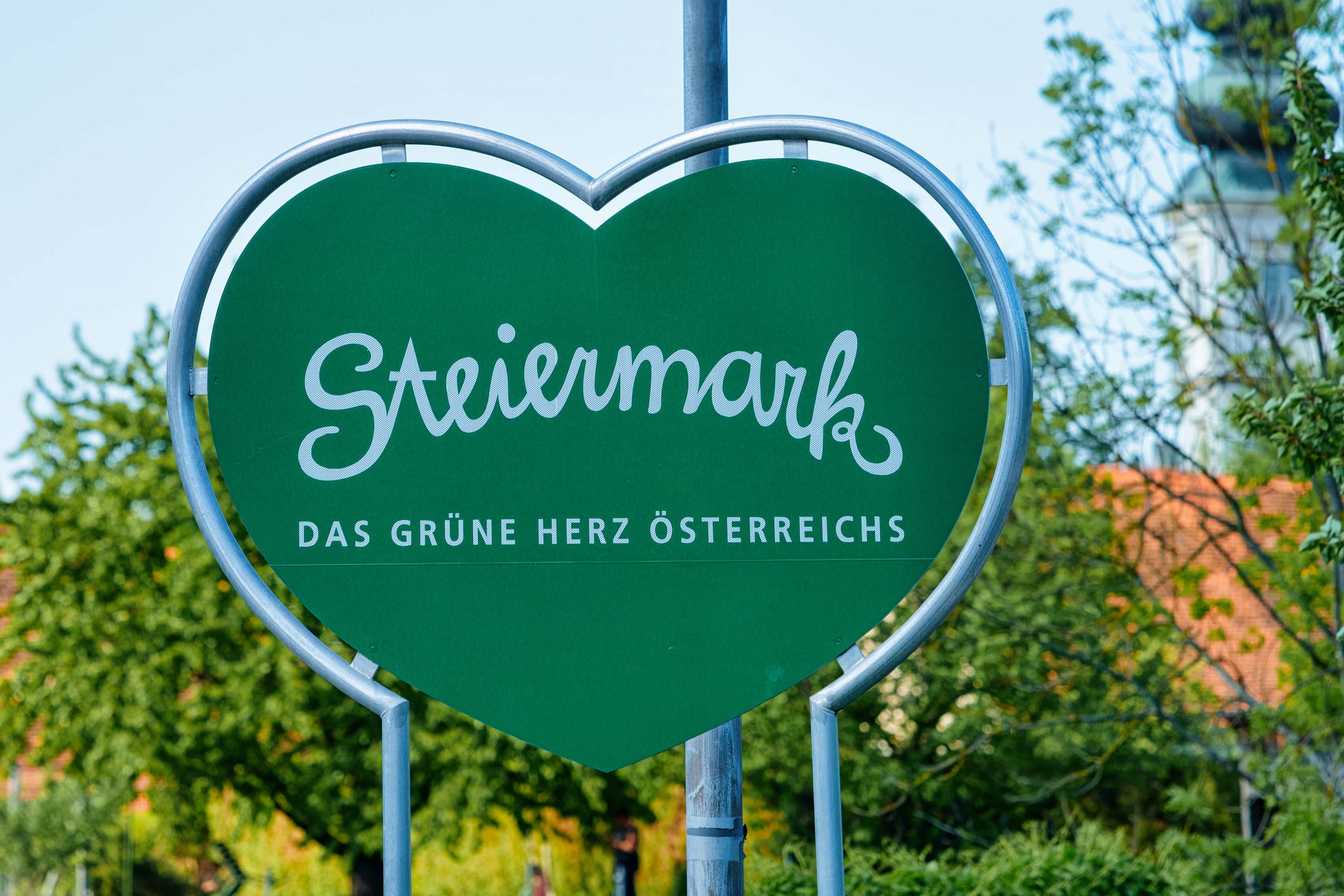Our love for the great Austrian white wine appellations along the Danube—Wachau, Kremstal, Kamptal—is well documented. But as I look over our recent tasting history, some of the most exciting, most talked-about Austrian wines around here have been reds.
I’d like to say two things about that: (1) it shouldn’t be a surprise; and (2) today’s red is the kind of benchmark indigenous wine that wins new converts. As grown in the Burgenland region of eastern Austria, running up to the Hungarian border, the Blaufränkisch grape feels poised for broader wine-world stardom—especially in the talented hands of Hannes Schuster, son of namesake Rosi and champion of not just Blaufränkisch but another Austrian specialty, Sankt Laurent, which may be related to Pinot Noir. Schuster’s focus is on red wines, and along with his friend and mentor, Roland Velich of Moric, he is the man to turn to when you want to see just how serious Austrian reds can be. Today’s 2015 is a buoyant, brambly, impeccably balanced red with exponentially more character than its modest price tag would suggest. Pinot Noir-ish in scale and texture but with a darker fruit component and a peppery, herbal kick, Blaufränkisch deserves better than the “one and done” treatment. This wine is proof!
Burgenland is the DAC, or controlled appellation of origin, that extends west and south of Lake Neusiedl near the Hungarian border. It’s part of a broad, warm central European lowland area known as the Pannonian Basin, with loamy soils and plenty of sunlight and warmth for ripening red grapes. Blaufränkisch is the region’s signature indigenous variety (it’s known as Lemberger in Germany and Kékfrancos in Hungary), with a distinctive character characterized by blue/black fruit notes and hints of both underbrush and warm spices; most are quite bright and accessible, like good Cru Beaujolais, but some take on greater weight and depth, and can be more assertively tannic.
The Schuster property spans 11 hectares of vines, the oldest of which exceed 60 years of age. Hannes Schuster came on board in 2005 and has been working toward converting the estate to fully organic viticulture; this ‘entry-level’ DAC bottling is sourced from younger vines and ferments spontaneously in open-topped vats. It is transferred into 500-liter oak casks (crafted by the Austrian cooper Stockinger) for about a year of maturation before bottling.
If you have some experience with ‘Germanic’ reds—be it Blaufränkisch, Zweigelt, Lagrein, etc.—the first thing that stands out about Schuster’s ’15 is its elegance. These reds are often soft, plump, spicy, perfectly pleasant, but somewhat clipped on the finish—not here. In the glass, it’s a deep, blackish ruby moving to garnet and pink at the rim, with aromas of wild blackberries and blueberries, black currant, fresh rose petals, coriander, leather, and crushed gravel. It is medium-bodied and silken-textured on the palate, its tannins as well-managed as you’ll experience with this grape, which can skew rustic on occasion. It offers great freshness and immediate drinkability after about 30 minutes in a decanter; serve it in Burgundy stems at a cooler-than-normal 60 degrees and enjoy it in many of the same applications you might otherwise plug in a Cru Beaujolais or Loire Cabernet Franc. The flavors would work well with full-flavored fresh water fish like trout or steelhead, prepared as in the attached recipe. And if this is your first experience with Blaufränkisch, be advised that this is a ‘gateway’ wine. We’re already hunting for the next one. Cheers!


